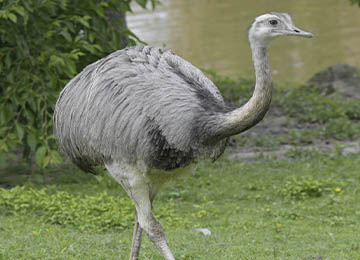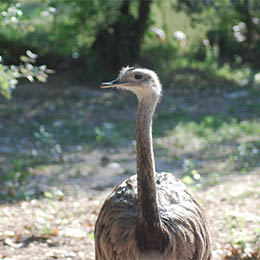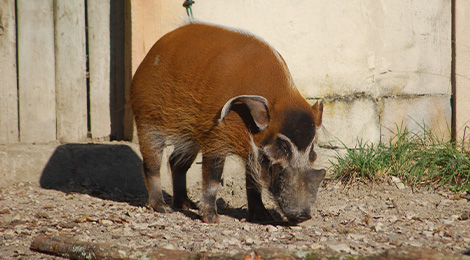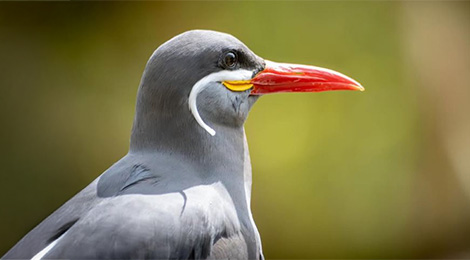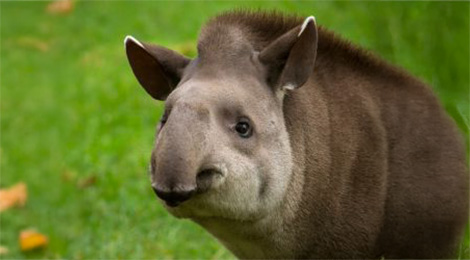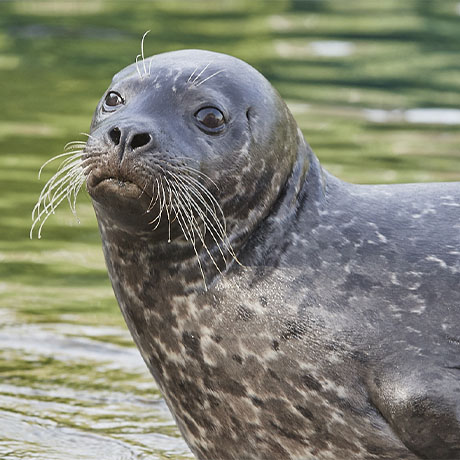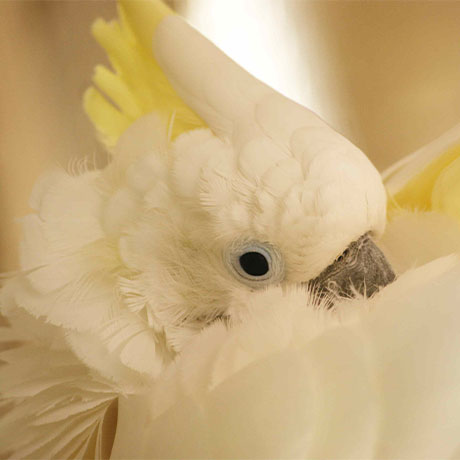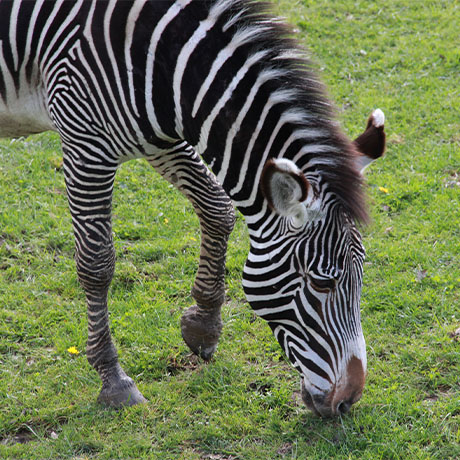A bird unable to fly
Rheas are often compared to ostriches as they are unable to fly. Although they belong to the same family (ratites, or running birds), rheas have three toes on their feet, compared to two in the case of the ostrich. In the pampas of Argentina, they have an almost unlimited food supply: they are omnivores and, although they have a preference for succulent plants and shamrock, they will in fact eat anything (seeds, small vertebrates, etc.).
Rheas are found in Brazil, Paraguay and Argentina.
During the mating season, male rheas form a harem of 2 to 12 females by performing an elaborate sexual courtship display. After mating, the male builds a nest: a shallow hollow in the ground surrounded by twigs and vegetation. Each female lays eggs in the nest, each on a different day over a period of 7 to 10 days. The male then broods 10 to 60 eggs. When the chicks hatch, he stays with them while they feed and protects them fiercely against intruders. In the spring, males become solitary, while the females form small groups and the one-year-old juveniles stay with them until they reach the age of two. Nowadays, rheas’ only enemy is humans, although chicks that stray from their father are potential prey for a large number of meat-eaters.
-
HabitatGrassland in South America and Amazon basin
-
Food
Shamrock, thistles, insects and reptiles

The greater rhea long suffered from the onslaught of humans. Its meat and eggs were prized food sources locally, and its feathers were used in South America to make dusters. It now benefits from protected status and is classified as a species under threat.
A zoological reserve populated by Asian elephants, giraffes, lions, tigers, hippos, chimpanzees, gibbons, wolves, ostriches ... Animals evolving in their reconstituted natural environment, to discover as a family.
All animals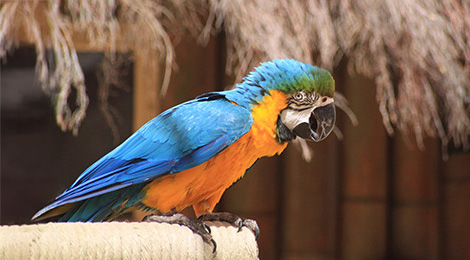
-
![]() Blue and yellow macaw Discover animal
Blue and yellow macaw Discover animal -
![]() Potamochoerus Discover animal
Potamochoerus Discover animal -
![]() South American sea lion Discover animal
South American sea lion Discover animal -
![]() Inca tern Discover animal
Inca tern Discover animal -
![]() Tapir Discover animal
Tapir Discover animal -
![Gros plan sur la tête d'un phoque veau marin au parc animalier Le PAL]() Harbour seal Discover animal
Harbour seal Discover animal -
![Gros plan sur un Cacatoès à huppe jaune au parc animalier Le PAL en Auvergne]() Sulphur-crested cockatoo Discover animal
Sulphur-crested cockatoo Discover animal -
![Wallaby de Bennett au par Le PAL dans l'Allier]() Bennett's wallaby Discover animal
Bennett's wallaby Discover animal -
![Gros plan sur un zébre de Grévy qui broute de l'herbe]() Zebra of Grevy Discover animal
Zebra of Grevy Discover animal



